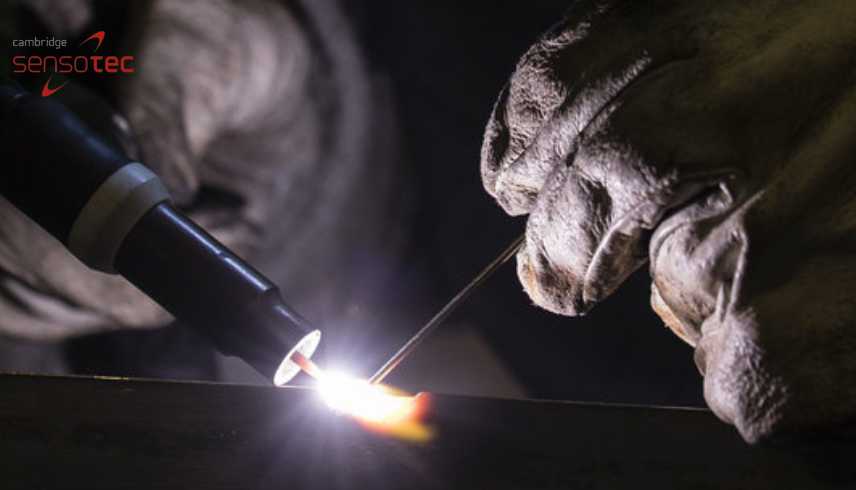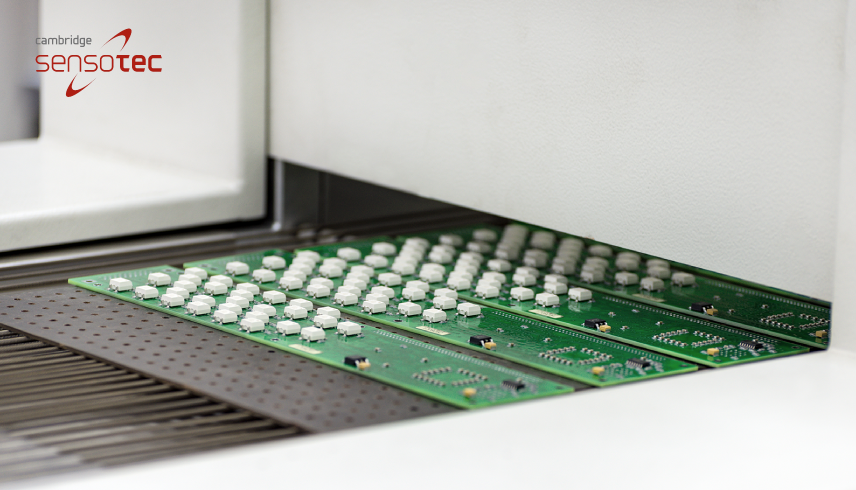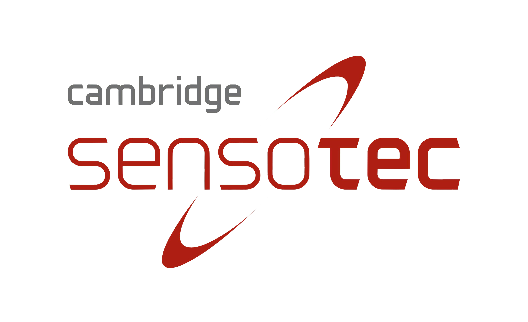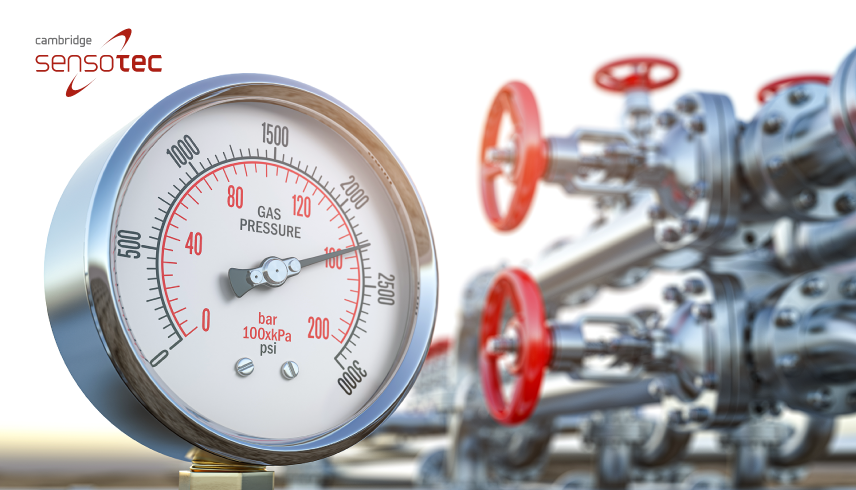

Enhancing Quality in Electronics: The Importance of Gas Detection in Solder Reflow Processes
Introduction
In the world of electronics manufacturing, where perfection is the goal at every turn, each step in the process holds great importance. One of the most critical stages in this journey is the solder reflow process, which includes Gas Detection in Solder Reflow. This step is like the key piece in a puzzle, shaping the quality and durability of the final product.
Imagine this stage as the moment when all the electronic components come together on printed circuit boards (PCBs) to create fully functioning devices. It’s where the magic truly happens, turning individual parts into seamless, working electronics.
But, behind the scenes, a silent hero plays a crucial role: gas detection. This hero might not be in the spotlight, but it quietly and effectively influences the outcome of the soldering process. In this blog post, we’ll explore why gas detection is so essential in the world of solder reflow, where excellence is the standard.
In this realm, where precision meets innovation and where quality and durability are top priorities, gas detection ensures that every soldered joint is a masterpiece. It acts as the vigilant protector of electronic reliability, ensuring that devices last and perform as they should. As we uncover the importance of gas detection in solder reflow, we’ll reveal a world where every solder joint is a work of art, and every electronic product is a shining example of excellence.
Understanding the Solder Reflow Process
The Role of Gas Detection in Solder Reflow
- Preventing Oxidation and Enhancing Joint Quality – Oxygen in the reflow oven can lead to the oxidation of solder and surfaces, negatively impacting solder joint quality. Implementing an inert nitrogen atmosphere can prevent this oxidation. The use of nitrogen is particularly effective in reducing surface tension issues and improving wetting, which are crucial for creating strong and reliable solder joints.
- Customising Atmosphere for Specific Requirements – The precise balance of gases in the reflow oven is not one-size-fits-all. It varies depending on the types of materials, PCB complexities, and specific soldering requirements. For example, the level of nitrogen purity needed can differ based on the solder paste composition. This customization is vital for achieving optimal results in various soldering scenarios.
- Real-Time Monitoring and Control – Advanced gas detection systems enable real-time monitoring and control of gas concentrations within the reflow oven. This continuous monitoring ensures that the gas environment is consistently maintained at ideal levels. Such precision is key to achieving the highest quality in solder joints, directly influencing the performance and longevity of electronic devices.
- Safety and Compliance – Beyond quality control, gas detection plays a critical role in ensuring safety in manufacturing environments where gases are used extensively. Effective gas detection systems safeguard against potential hazards, such as gas leaks or improper gas levels, ensuring a safe working environment and compliance with safety standards.
Benefits of Accurate Gas Detection
Accurate gas detection in solder reflow processes yields a host of compelling benefits, each contributing to the creation of top-tier electronic products:
- Enhanced Joint Quality: Accurate gas detection ensures that solder joints are crafted under ideal conditions, minimising common defects such as voids or cold joints. These tiny imperfections can compromise the reliability of electronic devices, making precise detection an essential safeguard against subpar joints.
- Increased Reliability: The hallmark of electronic devices is their reliability. Electronics manufactured under optimal soldering conditions tend to exhibit greater reliability and extended lifespans. Accurate gas detection plays a pivotal role in achieving this reliability, ensuring that solder joints are not merely connections but meticulously crafted bonds built for longevity.
- Cost Efficiency: Efficiency in manufacturing extends beyond productivity—it includes resource utilisation. Accurate gas detection isn’t just about enhancing quality; it’s also a champion of cost efficiency. By minimising defects during the soldering process, manufacturers can significantly reduce wastage and the need for rework. This optimisation leads to substantial cost savings, highlighting the synergy between quality and financial prudence.
- Compliance with Standards: Standards serve as guiding principles in the expansive realm of electronic manufacturing, ensuring uniformity, safety, and quality. Strict control over gas concentrations isn’t just a best practice; it’s imperative for complying with industry standards. These standards are the benchmarks that govern electronic manufacturing. Accurate gas detection facilitates adherence, ensuring that every product aligns with the stringent criteria set by industry authorities. Compliance isn’t just a formality; it’s the gateway to market acceptance—a testament to an unwavering commitment to excellence.
Cambridge Sensotec’s Advanced Gas Detection Solutions
Cambridge Sensotec stands at the forefront of providing advanced gas detection solutions for solder reflow processes. Our state-of-the-art sensors and analysers are designed to deliver precise and reliable readings, ensuring that the soldering environment is consistently maintained at optimal conditions. By choosing Cambridge Sensotec, manufacturers gain access to technology that is not only about maintaining quality but also about embracing innovation in electronic assembly.
Environmental Considerations and Sustainability
Effective gas detection and control in solder reflow processes go beyond enhancing quality; they also have significant environmental implications. These practices play a pivotal role in reducing emissions and minimising waste, aligning perfectly with the growing focus on sustainability in manufacturing.
Reducing Emissions and Waste
Efficient gas management not only enhances quality but also reduces emissions and waste. By precisely controlling gas usage within the reflow oven, excess and wastage are minimised. This not only cuts operational costs but also reduces emissions, contributing to cleaner air and a reduced carbon footprint.
Alignment with Sustainability Goals
Sustainability is a guiding principle in modern manufacturing, encompassing responsible resource usage and environmental impact reduction. Efficient gas detection and control systems align perfectly with these sustainability goals. They reflect a holistic approach to manufacturing that minimises waste and reduces environmental harm.


